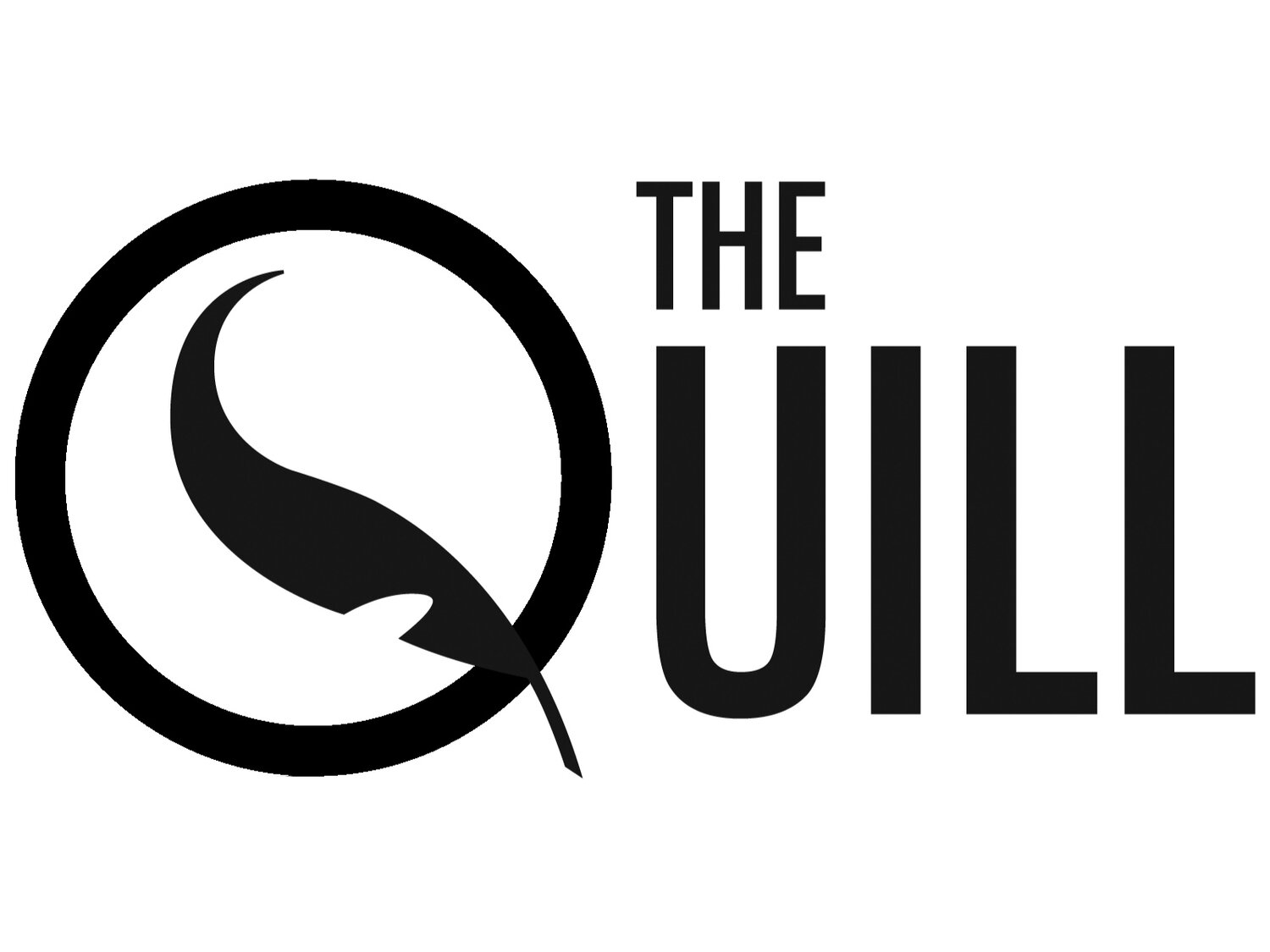This year’s Nobel Prize in physics was awarded to Arthur Ashkin, Gérard Mourou, and Donna Strickland. It has been at least 55 years since a woman has received a Nobel Prize in physics.
Arthur Ashkin received half of the prize for the invention of optical tweezers, or “light” tweezers and their application to biological systems. Using the electromagnetic radiation from light he was able to push and move physical objects, in a sense, with just light waves. He then modified his laser light using an optical lenses and the laws of refraction, to trap particles, atoms, viruses, and even some cells. Ashkin’s breakthrough came in 1987 when he was able to trap bacteria using his “light tweezers” without harming them.
The other half of the Nobel Prize was awarded to Gérard Mourou and Donna Strickland for generating the smallest and most intense of laser pulses. Using what they call the “chirped pulse amplification”, Mourou and Strickland stretched out the short pulse in time, then amplified the pulse, and lastly compressed it with time. When a pulse is stretched in time its peak power is much lower, so then you can put the pulse through an amplifier without damaging the amplifier. The pulse is then compressed in time again, as a result, the intensity of the pulse is dramatically increased. Using this simple method, they were able to generate the smallest and most intense pulse that could come from a laser.
Both inventions have opened a new door in the fields of physics and medical science. Ashkin’s optical tweezers are now being used in biological studies on life, cells, etc. While Mourou and Strickland’s new ultra-small, ultra-intense pulse could become part of laser eye surgery in the future. Laser eye surgery requires sharp lasers that also need to be highly accurate. This new laser pulse has been found to be more accurate and is capable of drilling even deeper holes. The new laser pulse might also have an application in the future of creating new parts for computers.
Many more possibilities of new applications have yet to be explored. In the spirit of Alfred Nobel, and David Hilbert, science and mathematics can continue to allow us to understand and discover new inventions.
